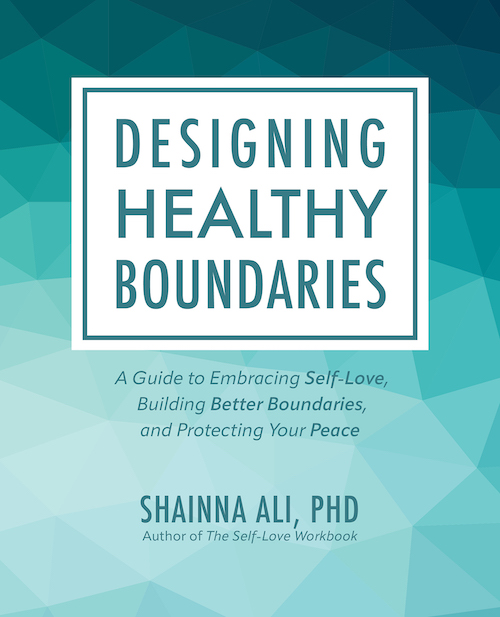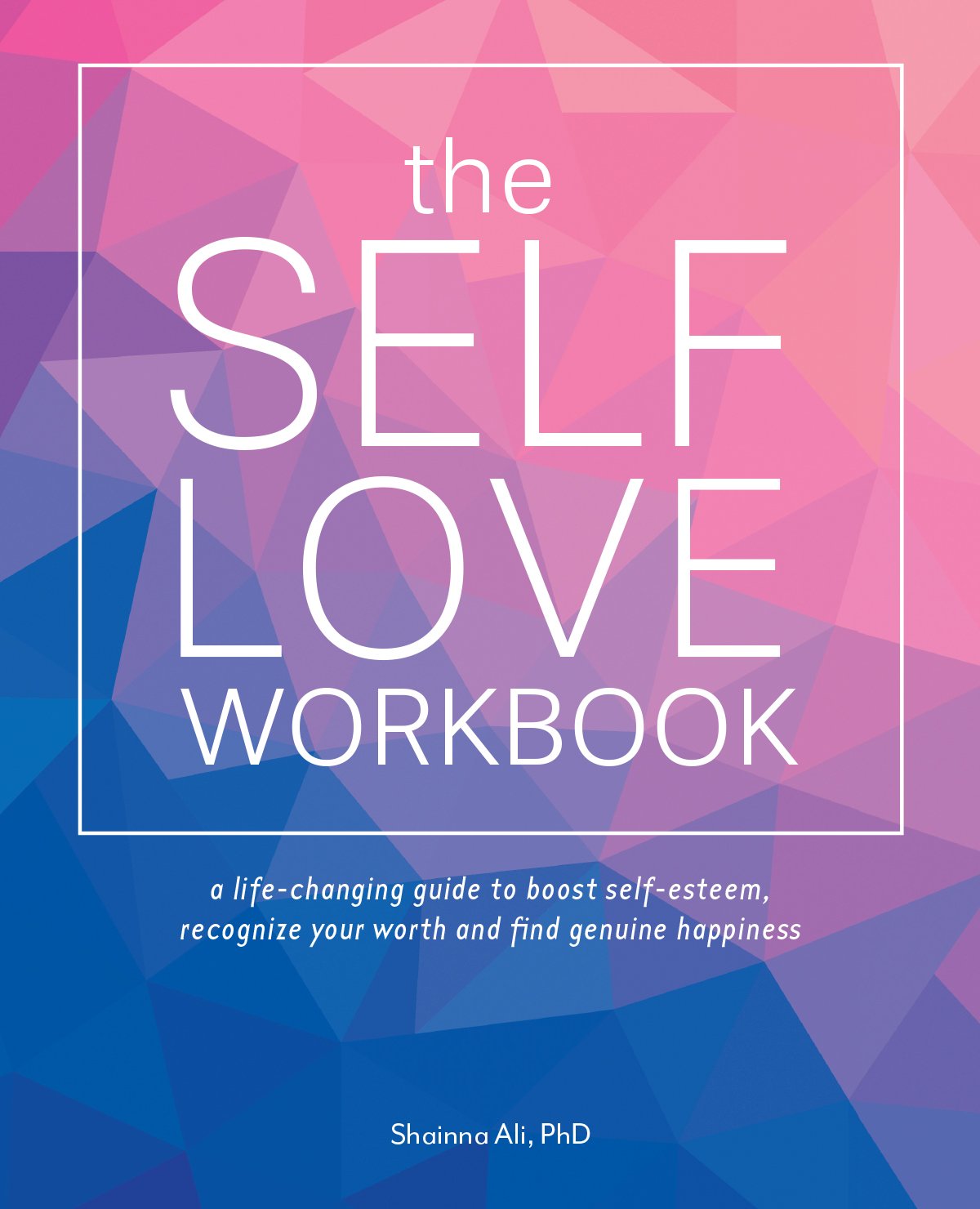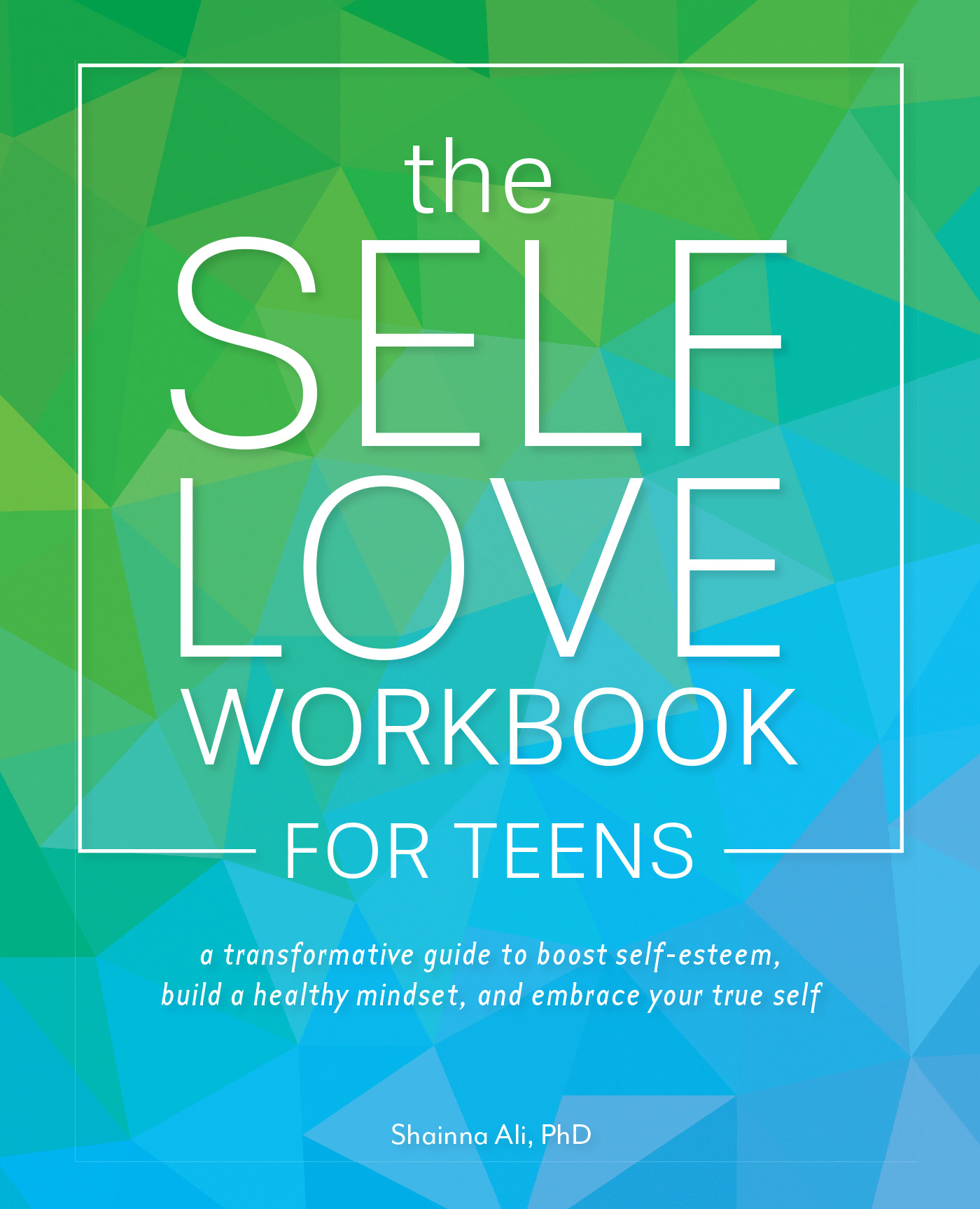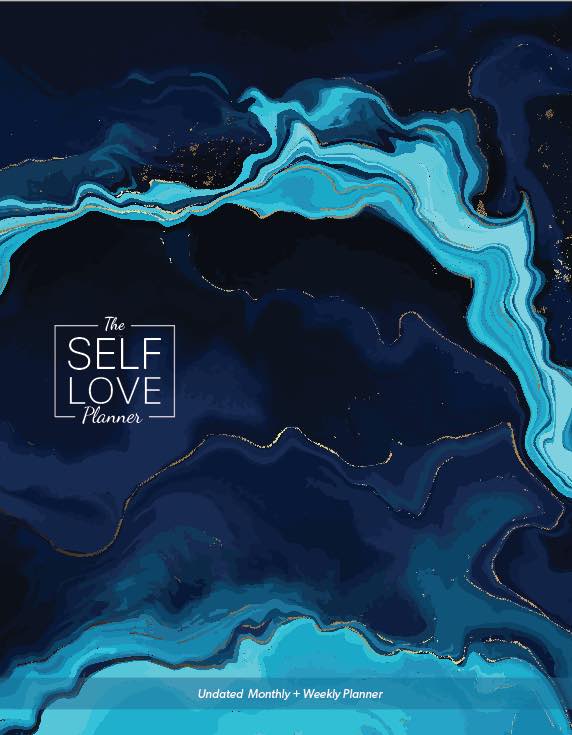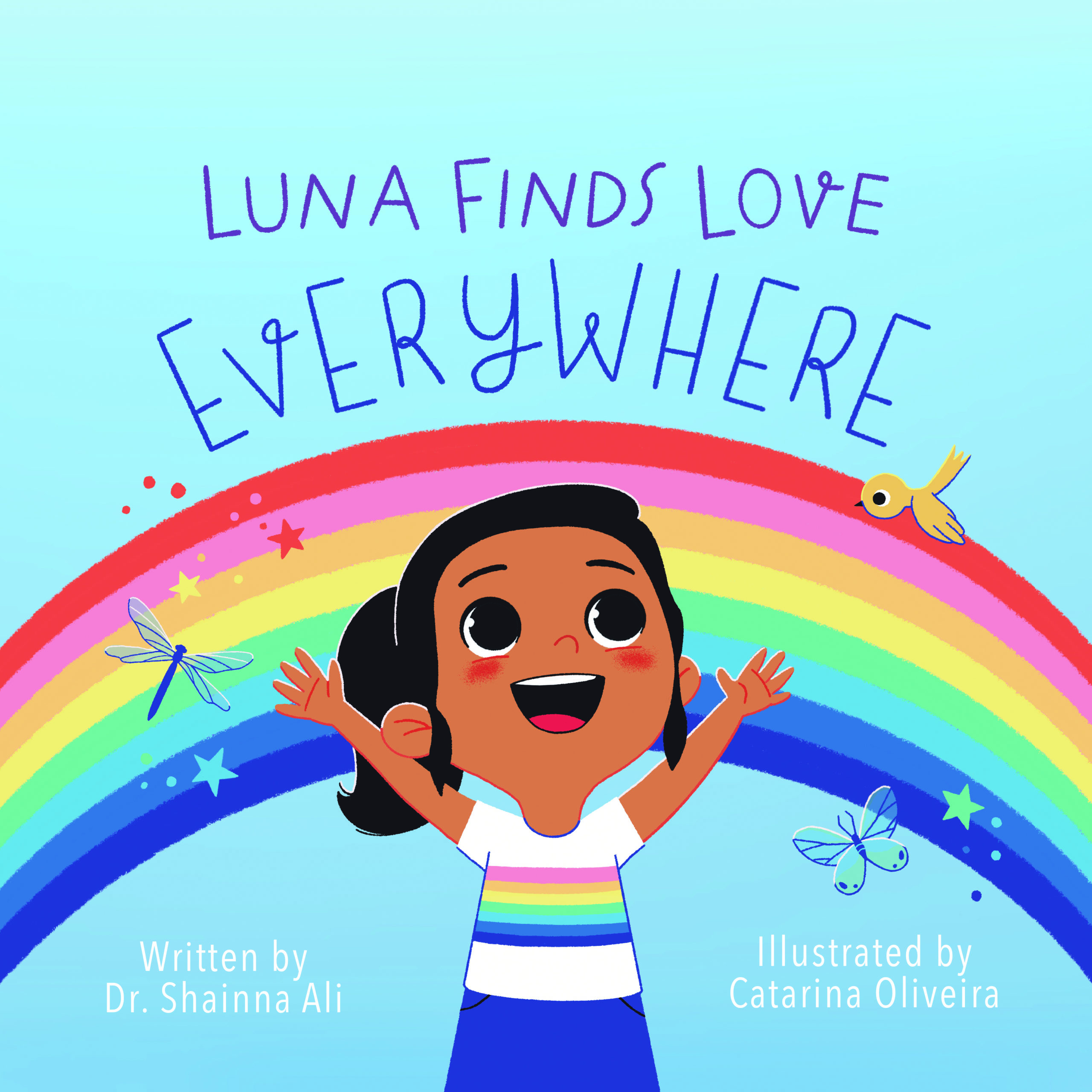
Build Healthy Boundaries with Self-Love
- Book Sample
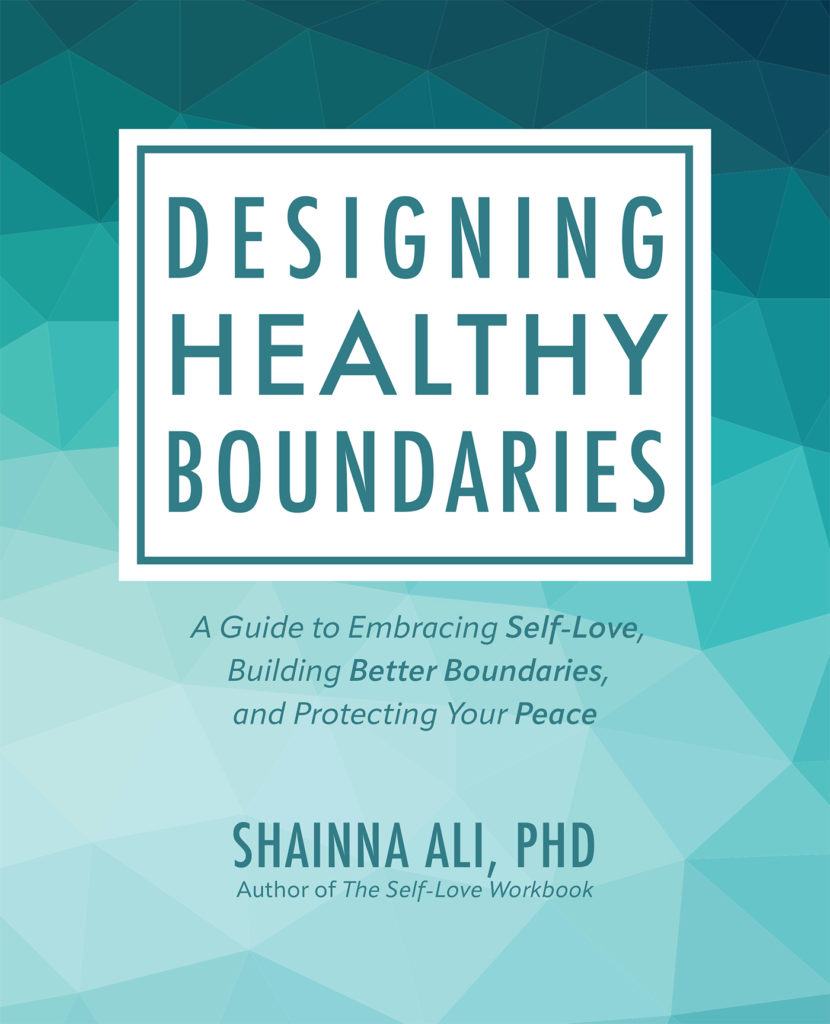
Well-designed boundaries are essential to living a happy, healthy, and balanced life, but it can be intimidating to set and maintain clear boundaries with others and even yourself. If we lack healthy boundaries, we’re more likely to endure uncomfortable emotions, unhealthy thoughts, and negative consequences.
When we face boundary challenges time and time again, we tend to develop an unpleasant association with boundaries, not necessarily because boundaries are terrible, but because our previous experiences, as informed by poor boundaries, have been undesirable. To help, best-selling author of The Self-Love Workbook Dr. Shanna Ali offers this all-in-one guide to designing meaningful boundaries.
In this book you’ll find three kinds of opportunities to help you deepen your understanding of boundaries and widen your scope of what designing healthy boundaries may look like in your world. Some offer the chance to reflect on your experience as it relates to what you’ve just read. Others encourage a deeper engagement in more of an activity format. The third will integrate what you’re learning to someone else’s experience.
What are Healthy Boundaries?
Boundaries are parameters that promote safety. These essential borders help to remind us of who we are and what is most meaningful to us. They foster stability, respect, and harmony in our inner world and the world in which we live. In their optimal form, boundaries protect us as well as the people around us. On a map, clear lines distinguish one entity from another. These topographical demarcations are vital for the traveler. They assist in finding your present location, mapping your adventure and navigating through the journey. Our personal boundaries help us to acknowledge what we require in finding alignment and pursuing happiness. Our interpersonal boundaries offer a social code that we value upholding—as we both respect ourselves and demonstrate how we wish to be respected, too.
While boundaries are pragmatic, they are often unclear. This lack of clarity commonly begins with what they are, naturally progresses into why they are important, and falls into the often quite daunting pit of how to effectively design them. Without this understanding, we cannot create a solid foundation. Even if we attempt to move forward with building boundaries, our efforts are futile—as these walls are destined to falter from unsteady ground. Even in the slim chance we are able to erect a resilient structure despite the underlying terrain, after facing the elements of outside pressure it would likely erode over time. As a result, without clarity in the process of boundary creation and management, we are vulnerable to danger.
Investing in boundaries is a health-conscious practice. For someone who is struggling with being disrespected by coworkers, asserting boundaries can help them to promote their social, occupational, and environmental wellness. For someone who is healing through major depression disorder, setting boundaries can help to promote their safety. Artfully crafting and managing boundaries can help to foster your overall well-being.
While the willingness to pay attention to boundaries is an excellent first step, for them to be healthy we need to do more than simply recognize them; we need to see the merit in investing in them. So let’s consider some of the aspects of healthy boundaries. Healthy boundaries tend to resonate deeply. They are representative of what matters most to you. Therefore, when you align with them, this intentional effort converts to congruence, purpose, and authenticity.
Why Self-Love is Crucial in the Boundary Process?
Just as self-love is a continuous journey, investing in healthy boundaries will persist throughout your lifetime. As you design and maintain healthy boundaries, self-love can serve as a reminder that you are worthy of balance, happiness, and protection. Hence, maintaining the connection between crafting boundaries and self-love helps to foster the motivation, courage, and dedication necessary to provide purposeful parameters over time.
Self-love reminds us that perfection isn’t possible. From this perspective, we require humility to acknowledge that hard work, dedication, and courage are what we can expect when designing healthy boundaries. As solid as our demarcations may seem to us, there are a variety of variables beyond our control, such as what others believe and how they will react. Further, we all have blind spots, and there may be things about our own selves that we can’t fully account for in the process. Instead of stubbornly fighting to control what is beyond our realm of control, our energy can be better used by seeing such moments as space to improve.
* * *
To learn more about boundaries and how to set healthy, productive boundaries, check out Designing Healthy Boundaries, out next week, as well as Dr. Ali’s entire library of self-love books below!
Designing Healthy Boundaries
Take control of your happiness with this all-in-one guide to identifying, setting, and—most of all—maintaining healthy boundaries with your family, coworkers, friends, partner, and self. Well-designed boundaries are an essential component of living a happy, healthy, and balanced life. But while you may know that boundaries are important, it
Learn more